- シンクタンクならニッセイ基礎研究所 >
- 暮らし >
- ライフデザイン >
- Damage, Information Acquisition Route, and Reconstruction Under the Great East Japan Earthquake-The 1st Survey of Nuclear Disaster Evacuees from Futaba, Fukushima, Summary of Results 2013
Damage, Information Acquisition Route, and Reconstruction Under the Great East Japan Earthquake-The 1st Survey of Nuclear Disaster Evacuees from Futaba, Fukushima, Summary of Results 2013

保険研究部 准主任研究員 岩﨑 敬子
このレポートの関連カテゴリ
文字サイズ
- 小
- 中
- 大
1――Basic Information
The survey targeted heads of households and Figures 1 and 2 show the distribution of age and gender of the respondents. As we can see from these figures, compared to the age and gender distribution reported in the national census, the age distribution of the respondents is left-skewed, with the majority of respondents in their 60s. The gender distribution shows that the majority of respondents are male. In addition, since the survey was conducted after the tremendous disaster, it is possible that the distributions of the respondents' characteristics are significantly different from those of general questionnaire surveys. Therefore, it should be noted that the results of this survey do not necessarily indicate the general trend of Futaba residents.
1 This research was supported by the following research grants.
Grant-in-Aid for Scientific Research (15 J09313, 26220502, LZ003), Research Grants of the Japan Center for Economic Research.
This study is approved by the Ethics Committee of the University of Tokyo (19 -73).
2――Change in Social Capital
There are several indicators that are commonly used to measure social capital, but we focused on three items which are the level of "generalized trust", "frequency of mutual assistance with neighbors" and "participation in hobby activities". As shown in Figure 3 to 5, all of these three indicators show that social capital has weakened because of the disaster. In addition, our further analysis show that the frequency of mutual help and participations in hobby activities decreased especially among those who do not have many neighbors from Futaba at the evacuation destinations.
3――Health Condition
Moreover, with further analysis, we found that those who could keep good subjective health status after the disaster, those who have high income after the disaster and those who could keep high level of generalized trust tend to keep good mental health status after the disaster.
In addition, hearing from some Futaba residents about their psychological distress caused by the substantial deduction of their living space at evacuation destinations compared to homes they used to live in Futaba, we tested if the deduction of living space led psychological distress among Futaba residents using our dataset. As a result, even after controlling for age, gender and income level, we found that those who used to live in larger homes in Futaba tend to have higher K6 scores after the disaster. In other words, those who used to live in larger homes before the disaster tend to be under higher stress after the disaster. The result empiricaly supports the opinions of Futaba residents that the deduction of living space caused by the disaster led psychological distress among Futaba residents.
We intend to continue our analysis and contribute to the improvement of disaster preparation/rehabilitation policies.
Our survey results are based on aggregates and analyses of responses from approximately 20% of the households of Futaba and do not represent all Futaba residents. Since the survey was conducted after a major disaster, the characteristics of respondents may be very different from general surveys and there is a possibility of an overestimation in our results due to the deterioration of physical and mental health conditions. Therefore, special caution is required in interpreting the results, and any definitive judgments based solely on these findings should be avoided.
(2020年03月30日「基礎研レポート」)
このレポートの関連カテゴリ
関連レポート
- 「東日本大震災による被害・情報取得経路・復興に関するアンケート」2013年調査結果概要-福島県双葉町民を対象とした第1回調査
- Damage, Living Environment, and Reconstruction Under the Great East Japan Earthquake-The 2nd Survey of Nuclear Disaster Evacuees from Futaba, Fukushima, Summary of Results 2014
- Damage, Living Environment, and Reconstruction Under the Great East Japan Earthquake-The 3rd Survey of Nuclear Disaster Evacuees from Futaba, Fukushima, Summary of Results 2016
- Damage, Living Environment, and Reconstruction Under the Great East Japan Earthquake-The 4th Survey of Nuclear Disaster Evacuees from Futaba, Fukushima, Summary of Results 2017
- Damage, Living Environment, and Reconstruction Under the Great East Japan Earthquake-The 5th Survey of Nuclear Disaster Evacuees from Futaba, Fukushima, Summary of Results 2019

03-3512-1882
- 【職歴】
2010年 株式会社 三井住友銀行
2015年 独立行政法人日本学術振興会 特別研究員
2018年 ニッセイ基礎研究所 研究員
2021年7月より現職
【加入団体等】
日本経済学会、行動経済学会、人間の安全保障学会
博士(国際貢献、東京大学)
2022年 東北学院大学非常勤講師
2020年 茨城大学非常勤講師
岩﨑 敬子のレポート
| 日付 | タイトル | 執筆者 | 媒体 |
|---|---|---|---|
| 2025/06/30 | マスク着用の子どもへの影響-コロナ禍の研究を経て分かっていること/いないこと | 岩﨑 敬子 | 基礎研レポート |
| 2025/06/26 | マスク着用のコミュニケーションへの影響(2)-コロナ禍の研究を経て分かっていること/いないこと | 岩﨑 敬子 | 基礎研レター |
| 2025/06/23 | マスク着用のコミュニケーションへの影響(1)-コロナ禍の研究を経て分かっていること/いないこと | 岩﨑 敬子 | 基礎研レター |
| 2025/06/19 | マスク着用のメンタルヘルスへの影響(2)-コロナ禍の研究を経て分かっていること/いないこと | 岩﨑 敬子 | 基礎研レター |
新着記事
-
2025年10月28日
今週のレポート・コラムまとめ【10/21-10/27発行分】 -
2025年10月27日
秋の夜長に市民と経済の主食を考える-農業と電力はこれからも日本の食欲を満たせるのか -
2025年10月27日
大学卒女性の働き方別生涯賃金の推計(令和6年調査より)-正社員で2人出産・育休・時短で2億円超 -
2025年10月27日
なぜ味噌汁は動くのか -
2025年10月24日
米連邦政府閉鎖と代替指標の動向-代替指標は労働市場減速とインフレ継続を示唆、FRBは政府統計を欠く中で難しい判断を迫られる
レポート紹介
-
研究領域
-
経済
-
金融・為替
-
資産運用・資産形成
-
年金
-
社会保障制度
-
保険
-
不動産
-
経営・ビジネス
-
暮らし
-
ジェロントロジー(高齢社会総合研究)
-
医療・介護・健康・ヘルスケア
-
政策提言
-
-
注目テーマ・キーワード
-
統計・指標・重要イベント
-
媒体
- アクセスランキング
お知らせ
-
2025年07月01日
News Release
-
2025年06月06日
News Release
-
2025年04月02日
News Release
【Damage, Information Acquisition Route, and Reconstruction Under the Great East Japan Earthquake-The 1st Survey of Nuclear Disaster Evacuees from Futaba, Fukushima, Summary of Results 2013】【シンクタンク】ニッセイ基礎研究所は、保険・年金・社会保障、経済・金融・不動産、暮らし・高齢社会、経営・ビジネスなどの各専門領域の研究員を抱え、様々な情報提供を行っています。
Damage, Information Acquisition Route, and Reconstruction Under the Great East Japan Earthquake-The 1st Survey of Nuclear Disaster Evacuees from Futaba, Fukushima, Summary of Results 2013のレポート Topへ


















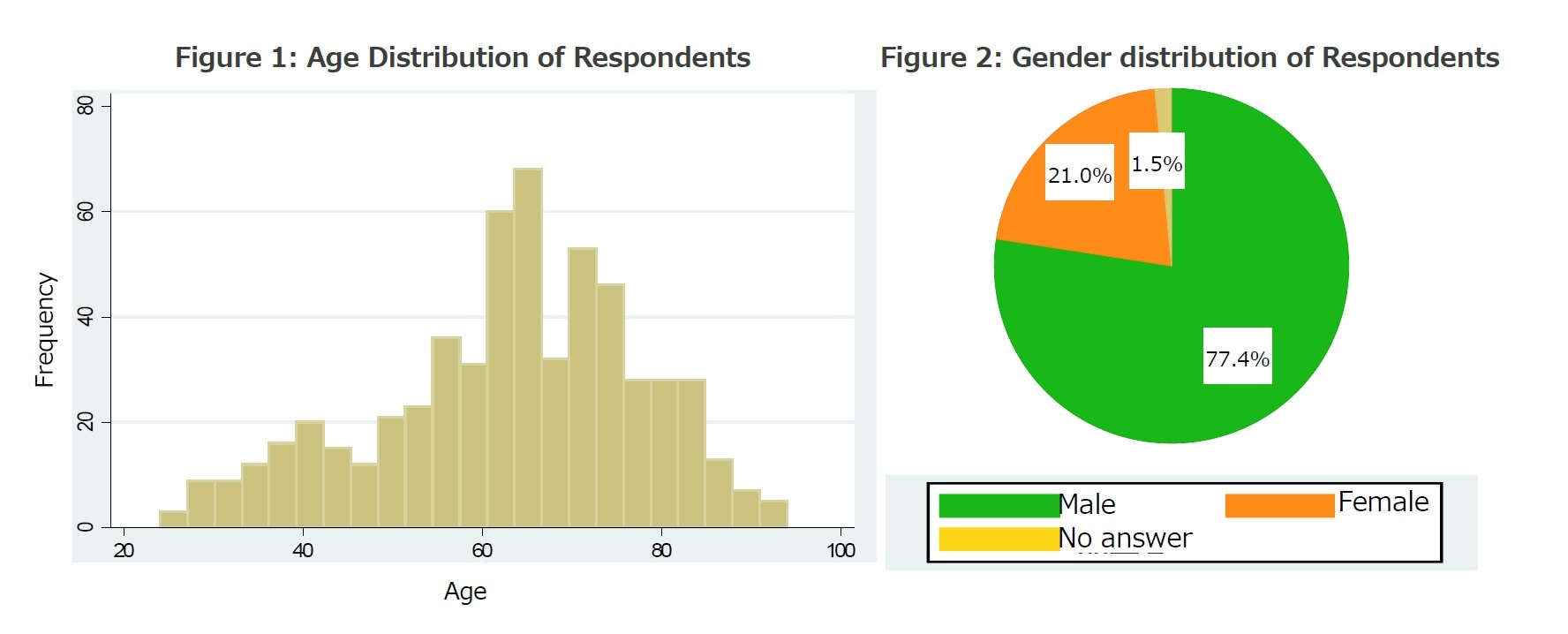


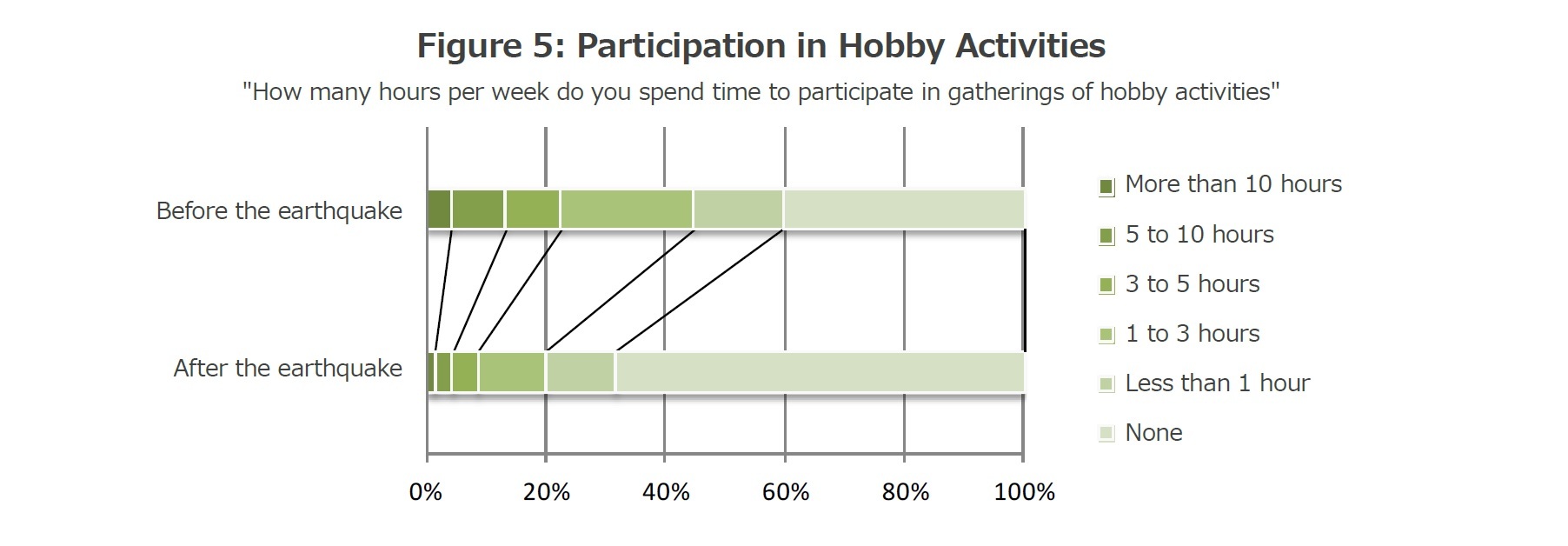
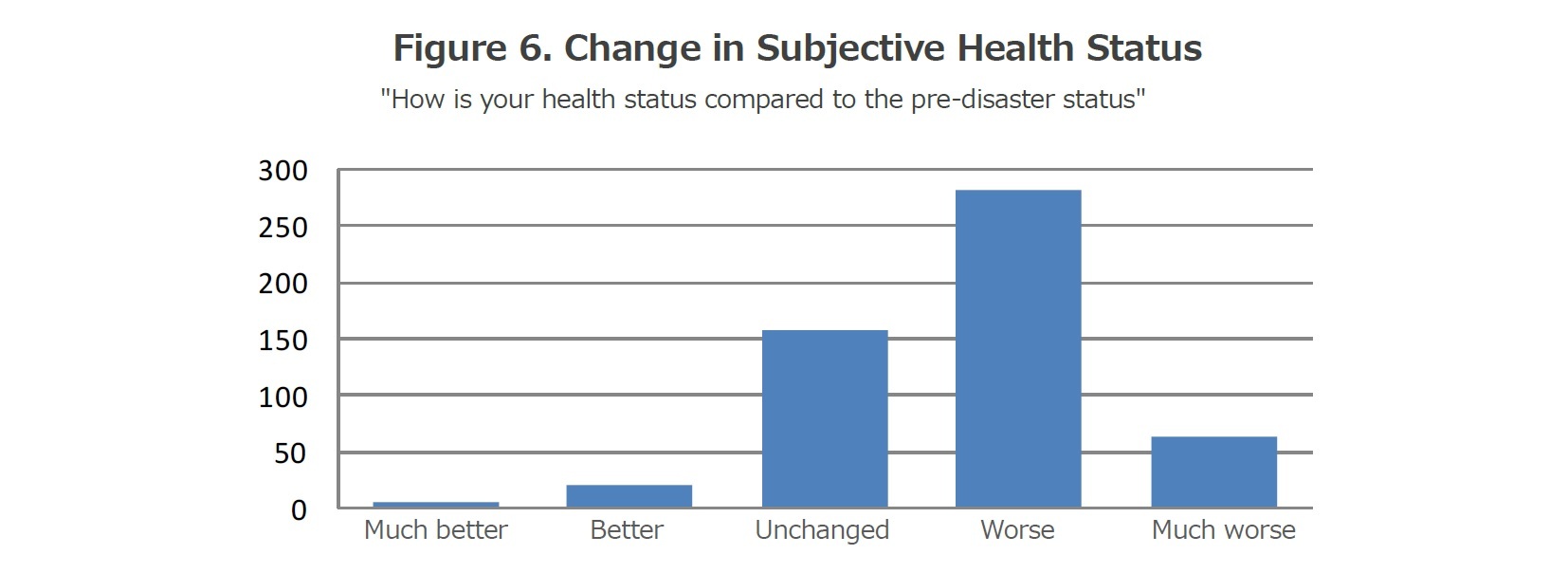
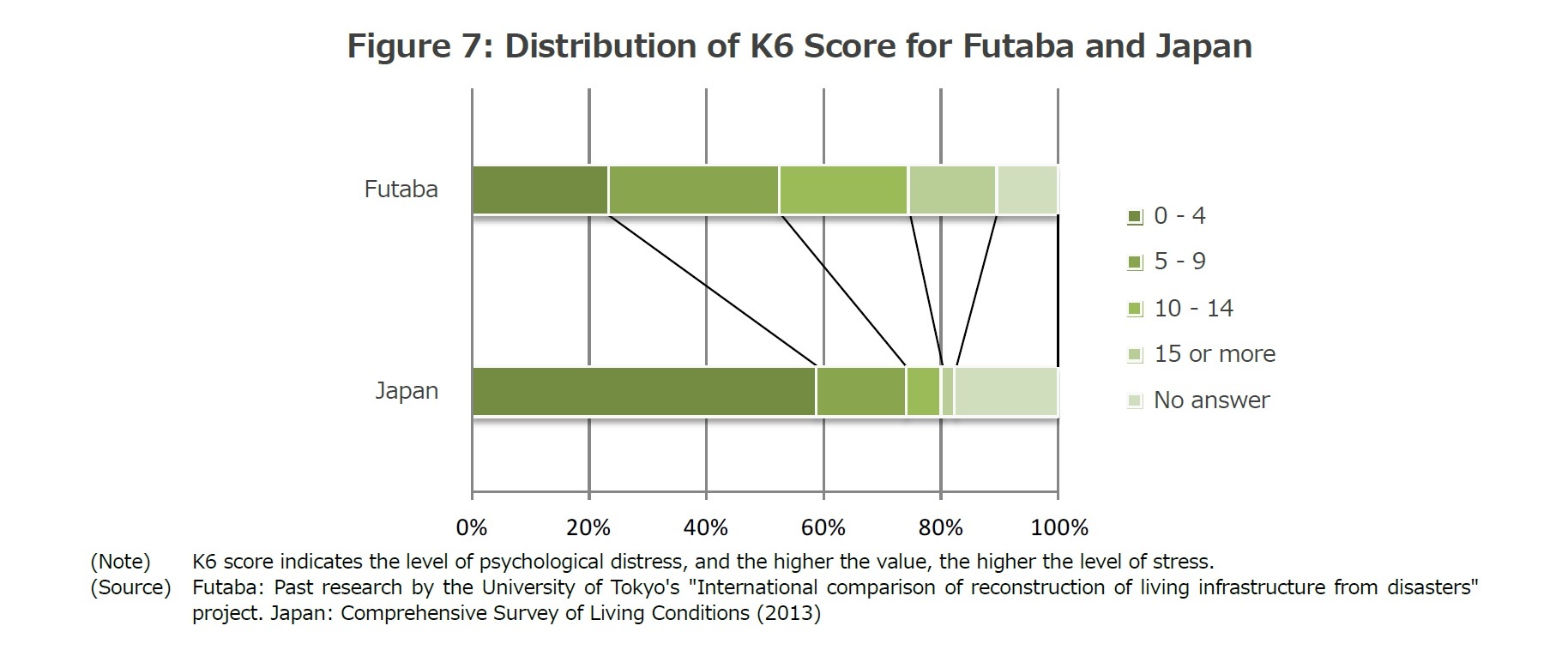
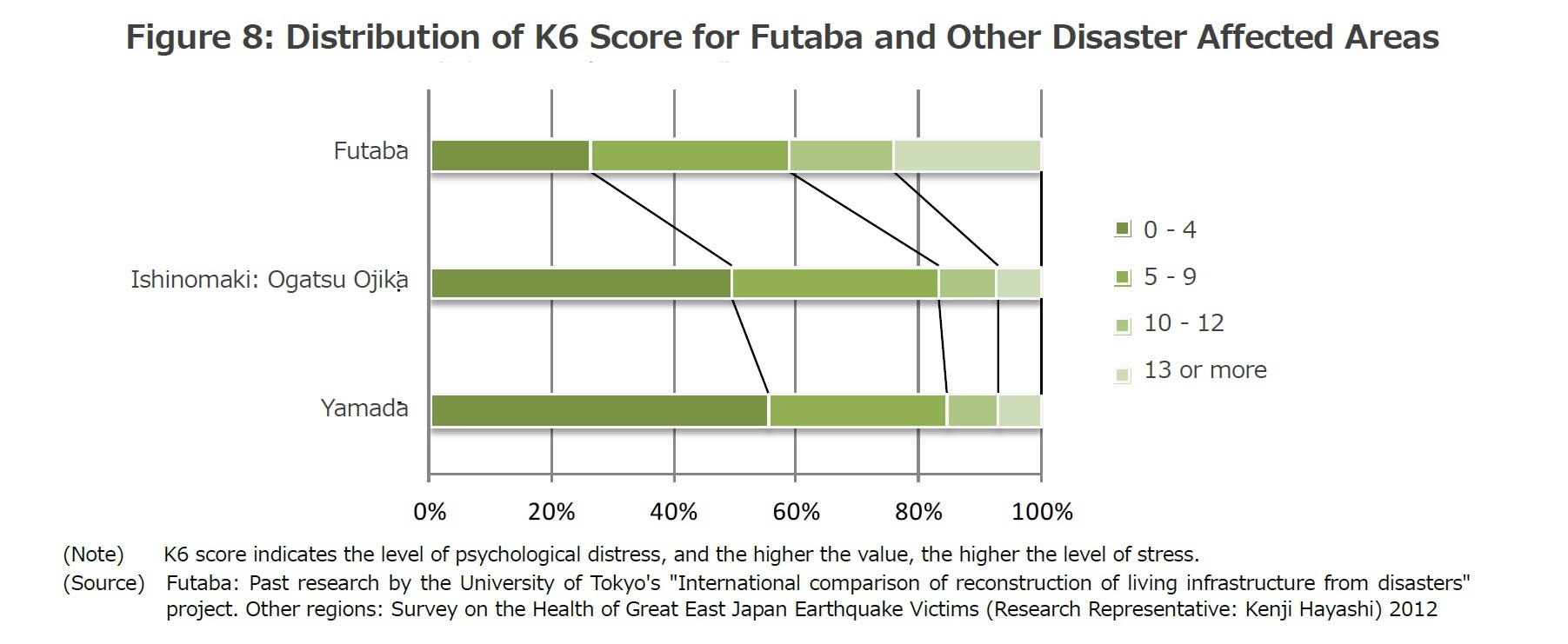

 各種レポート配信をメールでお知らせ。読み逃しを防ぎます!
各種レポート配信をメールでお知らせ。読み逃しを防ぎます!




